In an increasingly tech-driven world, button batteries have become an integral part of our modern lifestyle. These small, round batteries can be found in a wide range of everyday devices, including watches, hearing aids, remote controls, toys, and even some medical equipment. Their compact size makes them a favorite choice for manufacturers seeking a powerful energy source that fits into tight spaces. However, despite their utility, button batteries pose significant risks, particularly to children and pets, who may inadvertently ingest them. Understanding the mechanics of button batteries, common products that use them, the associated dangers, and how to respond to accidents involving them is crucial for ensuring safety in homes where these batteries are prevalent.
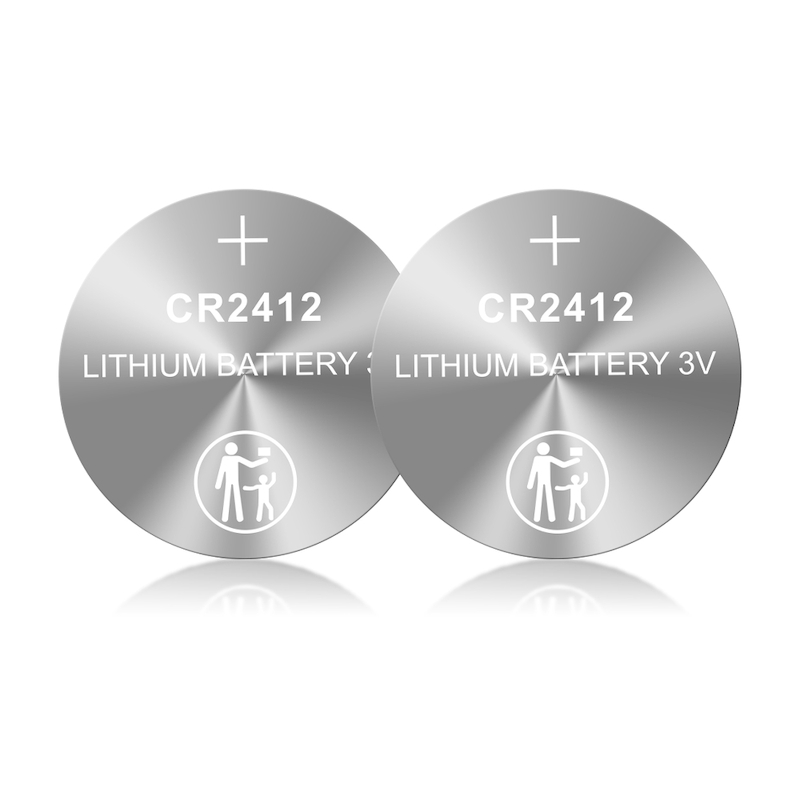
The Basics of Button Battery
To understand the implications of button batteries, it is essential to grasp what they are and how they function. Button batteries, also known as coin cells, are small, disc-shaped batteries identifiable by their shape and size. They typically come in various chemistries, including lithium, alkaline, and silver oxide. The lithium button battery, in particular, is popular due to its high energy density and long shelf life, making it invaluable for low-drain devices.
The internal structure of a button battery comprises several key elements: a positive terminal made often of lithium, a negative terminal usually composed of graphite, and an electrolyte that helps facilitate the flow of ions between the terminals. This design ensures that the battery can maintain a steady voltage over time, providing reliable energy for devices. However, the compact nature of these batteries also means that they can pose risks, especially if mishandled or improperly disposed of.
Common Uses of Button Batteries
Button batteries are omnipresent in our daily lives, powering an extensive array of devices. Some of the most common uses include:
- Watches: Many wristwatches rely on button batteries for their compact design and extended operating life.
- Remote Controls: Television remotes, air conditioning units, and other household gadgets often utilize button batteries for easy access and reliability.
- Toys: A myriad of children’s toys, especially those that feature lights or sounds, operate using button batteries.
- Hearing Aids: Individuals who rely on hearing aids benefit from the small, lightweight nature of button batteries, which makes them easy to fit within intricate devices.
- Cameras and Photographic Equipment: Some cameras, particularly older models and specialized devices, rely on button batteries for operation.
- Medical Devices: Products such as glucose monitors and pacemakers may use button batteries due to their reliability and longevity.
Each of these devices benefits from the unique properties of button batteries, making them essential to technology today. However, it’s critical to recognize that their convenience comes with responsibilities regarding safe handling and disposal.
The Dangers of Button Batteries
While button batteries may seem harmless, they can pose grave dangers if ingested or improperly handled. The most alarming risk lies in the potential for children and pets to swallow these batteries. When sufficient force is applied to a button battery, especially in the moist environment of the esophagus, it can create a chemical reaction that generates hydroxide ions. This reaction can lead to severe chemical burns, tissue damage, and even death within a few hours if not treated promptly.
Additionally, button batteries can also be hazardous if damaged or punctured, leading to short circuits or leakage of toxic materials. Reports of severe injuries and fatalities due to button battery ingestion have prompted health authorities to issue warnings about their dangers. Therefore, heightened awareness and preventive measures are imperative for households with young children or pets.
Safety Measures for Button Battery Handling
Given the risks associated with button batteries, it is crucial to adopt strict safety measures in homes where these batteries are present. Here are several strategies to ensure safety:
- Keep Batteries Out of Reach: Store spare button batteries in a secure location, such as a locked drawer or cabinet, away from children’s reach.
- Secure Battery Compartments: Ensure that battery compartments in devices are child-proofed and can only be accessed with tools. Regularly check for any signs of damage or compromise.
- Educate Children: Teach children about the dangers associated with button batteries. Use age-appropriate language to explain why they should not play with or handle batteries.
- Monitor Devices: Regularly inspect items powered by button batteries, looking for potential hazards, such as loose battery covers or devices that are damaged and may leak.
- Emergency Response Plan: Familiarize yourself with symptoms of button battery ingestion, including difficulty swallowing, drooling, coughing, or abdominal pain. If ingestion occurs, immediately seek emergency medical help.
Implementing these safety measures can minimize the risk of button battery-related accidents and create a safer environment for both children and pets.
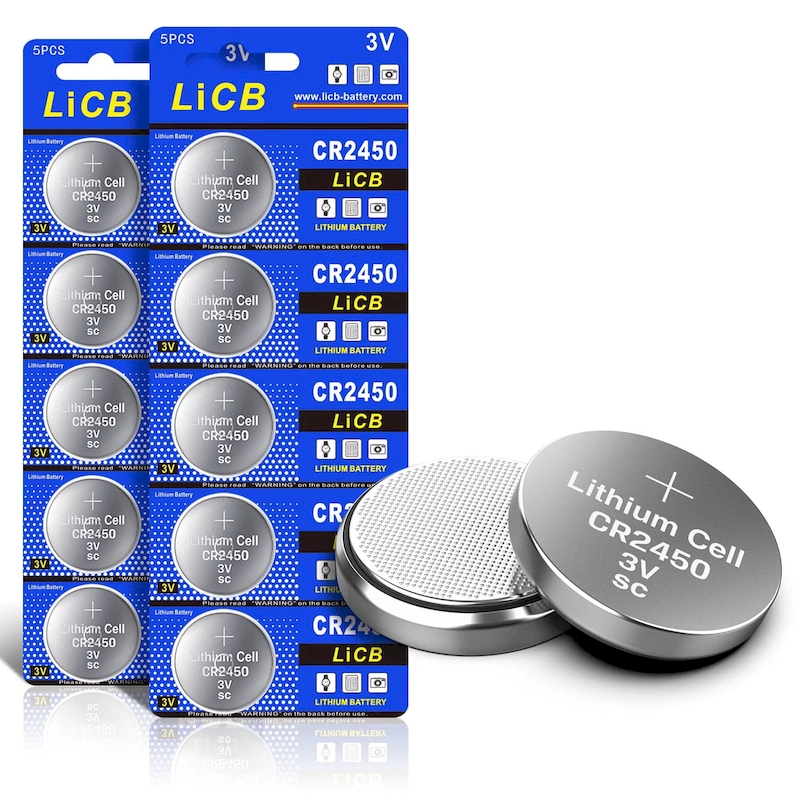
Proper Disposal of Button Batteries
Beyond safety measures, responsible disposal of used button batteries is another essential consideration. Improperly discarded batteries can leak heavy metals and other hazardous materials into the environment, posing risks to wildlife and potentially contaminating water supplies. Here are some steps to ensure responsible disposal:
- Recycling Programs: Many areas have local recycling programs specifically for batteries and electronic waste. Research routes for recycling button batteries in your community. Some retailers also offer battery recycling services.
- Hazardous Waste Collection Events: Some municipalities host periodic hazardous waste collection events where residents can safely dispose of used batteries and other harmful materials.
- Device Return Programs: For devices containing button batteries, consider returning the entire product to the manufacturer, as many companies offer take-back programs for recycling.
By taking these actions, we can reduce the environmental impact associated with button batteries and promote a more sustainable approach to battery use.
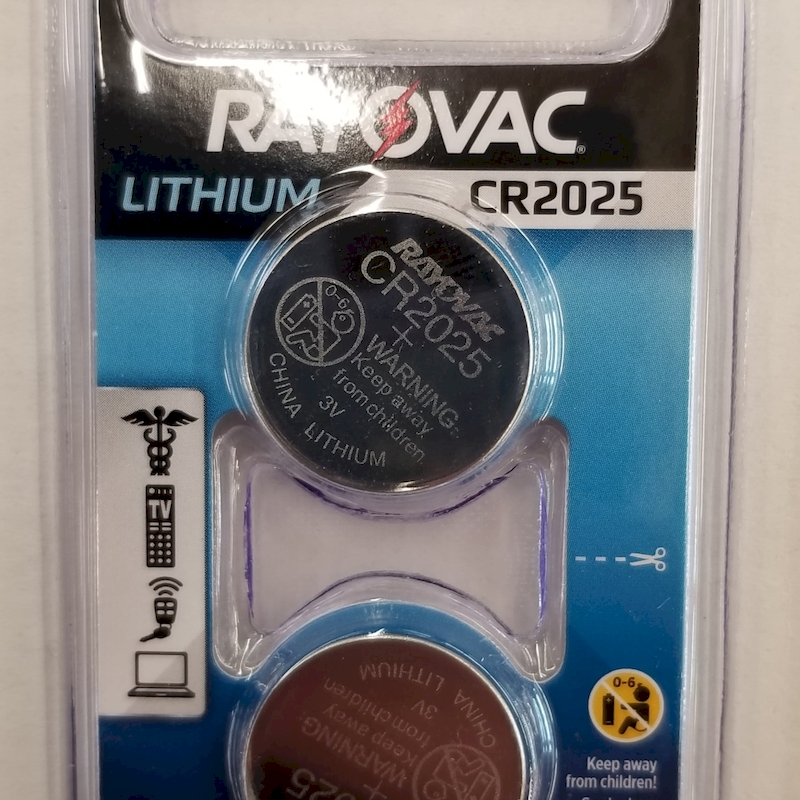
The Future of Button Battery Technology
As technology evolves, research and development into button battery technology continues to advance. Innovations aim to address safety concerns while enhancing performance and sustainability. Potential developments include:
- Safer Materials: Researchers are exploring alternative materials that can provide similar or better performance without the hazards associated with traditional battery components.
- Rechargeable Options: The market for rechargeable button batteries is slowly expanding, offering users the chance to reduce waste and improve sustainability efforts.
- Enhanced Safety Features: New designs are incorporating features aimed at reducing the risk of ingestion, such as protective casings or making them less appealing to children.
As consumers, we play a critical role in driving the demand for safer and more environmentally friendly battery options, encouraging manufacturers to prioritize safety and sustainability in their designs.
The Role of Regulations in Button Battery Safety
As the risks associated with button batteries have become more apparent, government agencies and organizations have started to implement regulations aimed at enhancing safety standards. In many countries, safety regulations require manufacturers to improve the design of products that use button batteries to mitigate risks, especially regarding child safety.
In the United States, the Consumer Product Safety Commission (CPSC) has laid out specific guidelines that manufacturers must follow when producing devices powered by button batteries. These regulations typically include requirements for secure battery compartments, warnings about the dangers of ingestion, and instructions for safe battery disposal. Additionally, some jurisdictions have initiated campaigns to raise public awareness about the hazards associated with button batteries.
Internationally, organizations like the International Electrotechnical Commission (IEC) are working towards establishing universally accepted safety standards for button battery design and disposal. These regulations not only aim to protect consumers but also to encourage manufacturers to innovate safer battery solutions.
Educational Initiatives and Public Awareness Campaigns
Education plays a vital role in preventing button battery-related accidents. Various organizations, including hospitals and safety councils, have launched public awareness campaigns to spread information about the dangers and safe practices associated with button batteries. These initiatives often aim to reach parents, caregivers, and educators to ensure that those in closest contact with children are informed.
For instance, the American Academy of Pediatrics (AAP) has provided resources for parents to identify common household items that contain button batteries. They emphasize the importance of recognizing how easily children can access these batteries and encourage proactive steps to secure them.
In schools, instructors are incorporating lessons about electrical safety and the risks associated with batteries, providing children with a fundamental understanding of why they should avoid handling them.
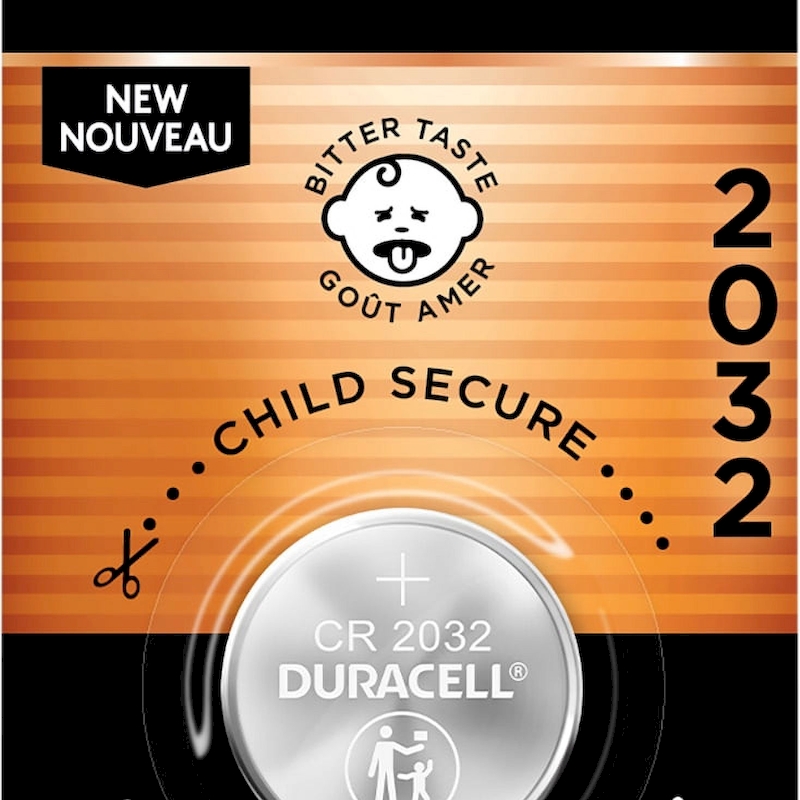
Innovations in Button Battery Alternatives
Given the growing concern over button battery safety, researchers are exploring alternatives that could replace traditional button batteries in consumer electronics. Potential substitutes might include:
- Solar Cells: For some devices, particularly those that are used indoors, solar cells can provide a reliable, renewable energy source. This technology is particularly promising for items like calculators or toys that can benefit from exposure to light.
- Fuel Cells: Research is being conducted into small fuel cells that generate energy from hydrogen. Though still in the experimental phase, this technology could provide a clean and efficient energy source if miniaturized effectively.
- Supercapacitors: Another alternative being explored is the use of supercapacitors, which can store large amounts of energy and can be recharged thousands of times. While their energy density is not yet comparable to button batteries, ongoing advancements may soon make them viable replacements.
By supporting and adopting these innovations, consumers can play a part in reducing reliance on conventional button batteries while also promoting safer technologies.
How to Recognize Button Battery Ingestion Symptoms
If an accidental ingestion occurs, being able to recognize the symptoms promptly can be vital for effective treatment. Common signs of button battery ingestion include:
- Vomiting: This can occur soon after ingestion and may be accompanied by other gastrointestinal symptoms.
- Drooling: Excessive drooling may indicate difficulty swallowing or pain in the throat.
- Chest Pain or Discomfort: The presence of a foreign object may cause pain or discomfort in the chest area.
- Coughing or Wheezing: Ingestion may cause respiratory distress, leading to coughing or wheezing.
- Abdominal Pain: This can present itself hours after ingestion if the battery becomes lodged within the digestive tract.
If these symptoms arise, it is crucial to seek medical attention immediately. Do not attempt to induce vomiting, as this can cause further injury. Health professionals will be able to conduct the appropriate imaging tests to confirm the presence of a button battery and respond effectively.
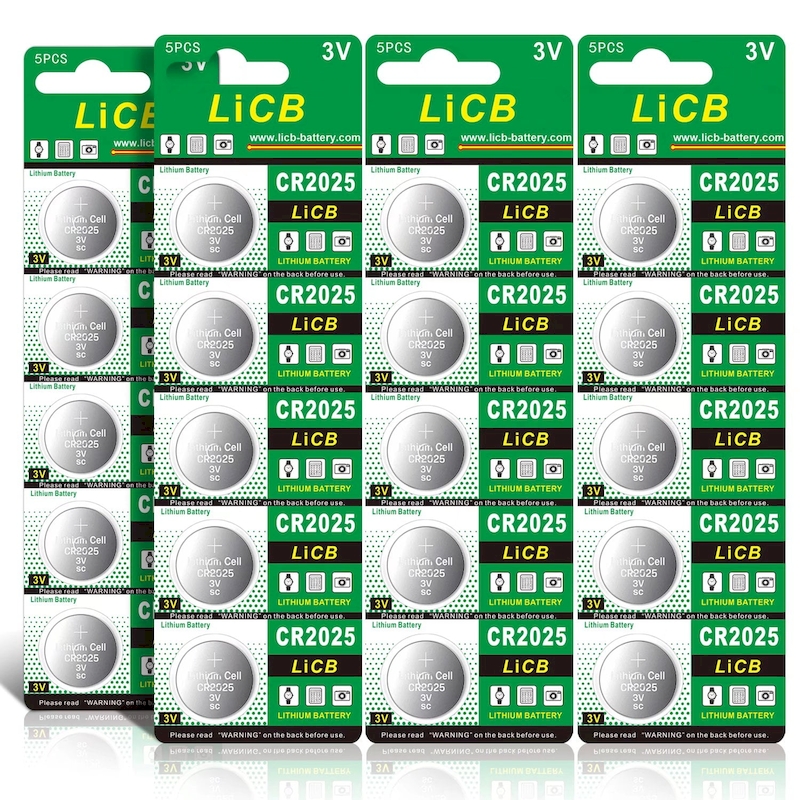
Engaging Communities in Button Battery Safety
A proactive approach to community safety is fundamental when addressing button battery risks. Communities can engage in several activities that heighten awareness and promote safe practices, such as:
- Workshops: Host workshops in schools and community centers that educate families about the risks of button batteries and demonstrate safety measures for handling them.
- Safety Fairs: Organize safety fairs where families can learn about various household hazards, including button batteries. This could include interactive exhibits and resource booths.
- Partnerships with Local Health Organizations: Collaborating with local hospitals and clinics can provide expert input and resources for community outreach programs focusing on button battery safety.
- Support Groups: Create support networks for families of children who have experienced button battery ingestion incidents. Sharing experiences can provide valuable insights and enhance community vigilance.
Through collective efforts, communities can foster safer environments by raising awareness and implementing preventative measures regarding button battery safety.

Conclusion
In conclusion, button batteries, while incredibly useful in our everyday electronics, come with significant safety concerns that merit serious attention. It is imperative to educate ourselves on the proper use, handling, and disposal of these small but powerful energy sources. Active engagement in safety practices, adherence to regulations, and awareness of emerging technologies can help mitigate risks associated with button batteries.
As manufacturers continue to innovate and improve battery designs, consumers must remain informed and vigilant. By promoting safety education in homes and communities and pushing for stricter safety standards, we can work to reduce accidents and harmful incidents related to button batteries. Ultimately, by combining technological advancements with community engagement and awareness, we can ensure that the convenience of button batteries does not come at the cost of safety.